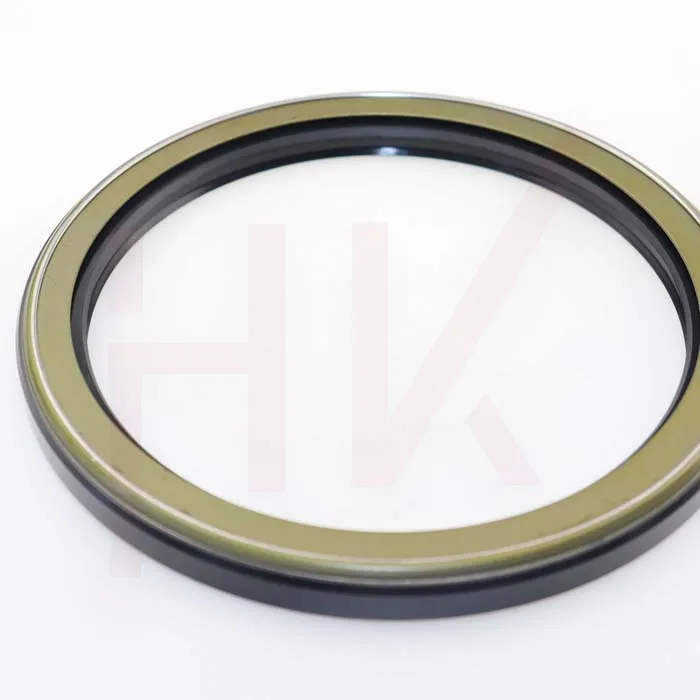Sep . 01, 2024 08:07 Back to list
rear hub oil seal
Understanding the Rear Hub Oil Seal Importance and Maintenance
The rear hub oil seal is a critical component in the drivetrain of various vehicles, primarily in rear-wheel-drive cars and some all-wheel-drive systems. This small yet vital part is designed to prevent lubricant leakage from the rear differential or axle housing, ensuring that the lubricating oil remains where it's needed to keep the moving parts of the vehicle well-lubricated and functioning smoothly.
Function of the Rear Hub Oil Seal
The primary function of the rear hub oil seal is to create a barrier that stops oil from escaping the hub area, where the axle connects to the wheel. This section of the vehicle experiences significant stress due to rotational forces and the weight of the vehicle. The seal is usually made from durable materials like rubber or synthetic compounds, which can withstand the high temperatures and pressures that arise during operation.
By maintaining the integrity of the lubricant within the hub, the oil seal helps prevent premature wear of critical components such as bearings, gears, and splines. Additionally, it protects against the ingress of dirt, water, and debris, which can accelerate wear and lead to failure.
Signs of a Failing Oil Seal
Over time and with regular use, the rear hub oil seal can degrade and may eventually fail. Signs of a failing oil seal include
rear hub oil seal

1. Oil Leaks The most apparent indicator is the presence of oil leaks around the hub area. If you notice wet spots or oil pooling under the vehicle after it has been parked, the oil seal may be compromised.
2. Noise A failing seal can lead to insufficient lubrication, resulting in unusual noises coming from the rear of the vehicle. Grinding or whining sounds could indicate that bearings or gears are not getting the needed oil.
3. Increased Play When the oil seal starts to fail, it can cause excessive play in the wheel assembly, which may result in handling issues or uneven tire wear.
Maintenance and Replacement
To ensure the longevity of the rear hub oil seal, regular maintenance is key. Checking the oil level and condition in the rear differential can help identify potential issues before they escalate. If an oil leak is discovered, it is crucial to have it inspected and replaced promptly to avoid more extensive damage.
Replacing a rear hub oil seal typically involves disassembling parts of the rear axle assembly. It is often advisable to seek professional assistance unless one is experienced in automotive repairs, as incorrect installation can lead to further complications.
In conclusion, the rear hub oil seal plays a crucial role in the efficient operation of your vehicle. Regular checks and maintenance can prevent significant issues down the line, ensuring a smoother and safer driving experience. By understanding the importance of this small part, vehicle owners can take proactive steps to maintain their vehicles in optimal condition.
-
Wiper Oil Seal: Our Commitment to Clean Hydraulics
NewsAug.13,2025
-
Hydraulic Oil Seal for Self Discharging Cars
NewsAug.13,2025
-
Hub Oil Seal for Agricultural Tractor Hubs
NewsAug.13,2025
-
Skeleton Oil Seal with NBR Material
NewsAug.13,2025
-
Rotary Lip Seal for High Pressure Applications
NewsAug.13,2025
-
Cylinder Seal Kits Our Legacy of Hydraulic Trust
NewsAug.13,2025
-
Unlocking the Potential of Hydraulic Systems with Essential Sealing Solutions
NewsAug.06,2025
Products categories
















